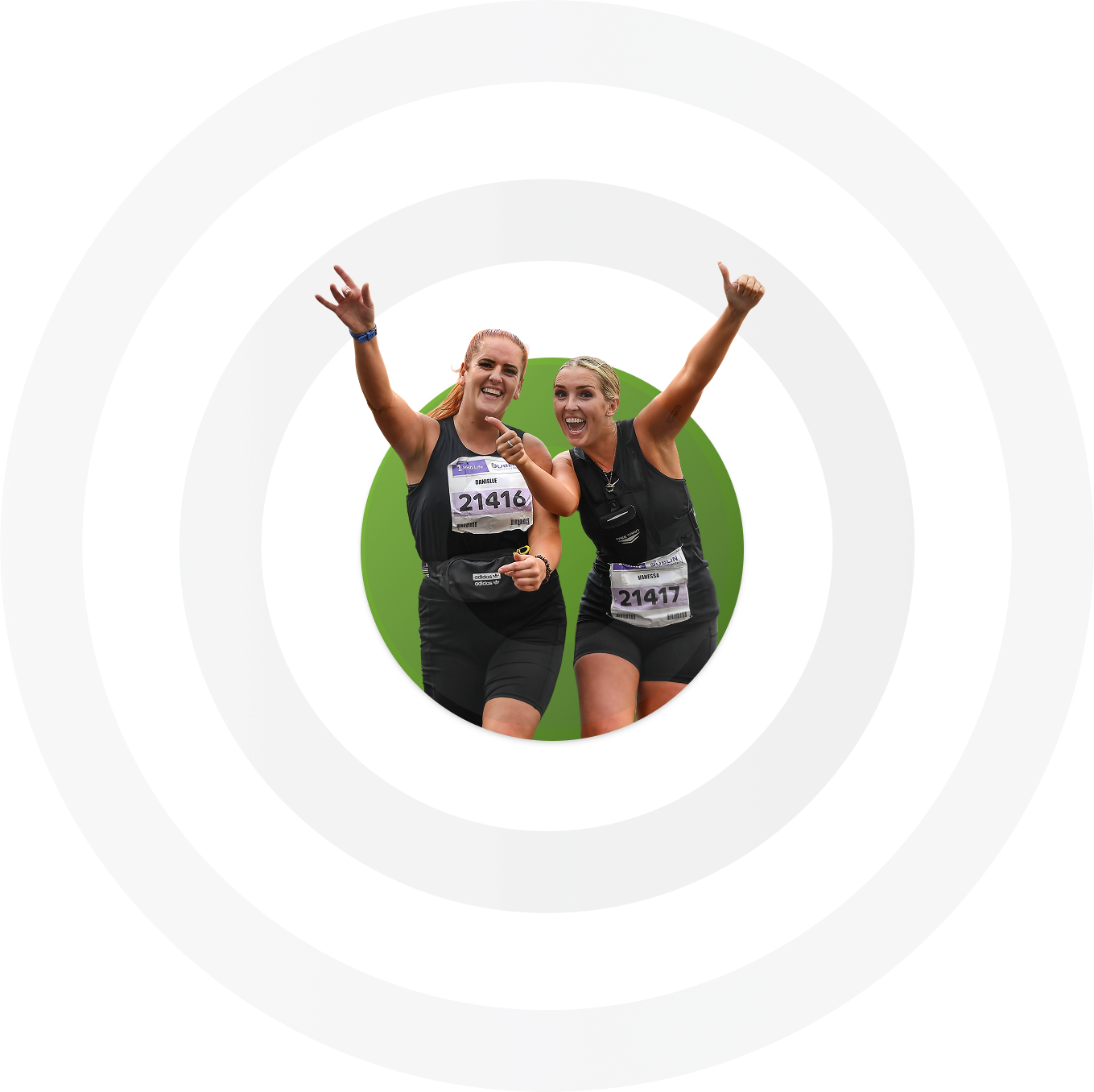What could be some of the worst things a runner could do before a run? Find out so you don’t scupper your chances of a good run.
Here we tell you what you what things runners commonly get wrong pre-run so that you can make sure that you don’t ruin your training sessions or even your races.
1. Eat too close to your run
Ideally you should not eat anything for two hours before you run. If you do eat this close to your run you may end up giving yourself cramp or nausea. If you run after work or in the evenings then not eating during this period shouldn’t present too much of a problem as you’ll have had sufficient time to eat earlier in the day. However, a problem arises if you like to run in the mornings. If you an early morning runner then the best solution for you is to postpone breakfast and instead fuel up using a protein shake. Remember though, after your run you need to refuel and eat your breakfast.
2. Incorrect warm-up before your run
Prior to running you should avoid static warm-up (e.g. hamstring, calf, quads, adductor stretches) and instead do a dynamic warm-up. This means doing exercises like lunges, arm swings, leg swings, ankle bounces and some gentle jogging. Doing a dynamic warm-up using some of these exercises will help to improve your run because a dynamic warm-up reduces muscle friction and in turn this can help you to pick up speed when you first start to run. You never know, this dynamic warm-up might help you to get that PB you’ve been chasing.
3. Wear new gear before a long run
If you are planning a long run it’s probably not a good idea to step into your new runners and then trot out a half marathon. Instead you need to road test your shoes and gradually wear them in so that they are comfortable enough to complete a long distance without major issues. Even the best running shoes can cause some issues at first, such as blisters on the foot arches, until they have been worn in. Slowly build up your distance in new running shoes until they feel properly comfortable.
Likewise, with other gear including shorts, running socks, or even a new sports bra. There’s nothing worse that getting half way through a long run and finding that the shorts chafe, your new socks are causing blisters or your new bra isn’t providing the support you need.
4. Drinking too close to your run
As you know, drinking is important and the last thing we want to do is to tell you not to keep hydrated. Yet if you’re going on a long run, say running for well over an hour, then it can be wise to drink water an hour before your run and then stop drinking. Not drinking too close to your run will help you because it means you probably won’t need to stop to go to the toilet.
To make sure you stay hydrated , drink small amounts regularly throughout the day. When at work make sure you always have a glass of water in front of you, or if you are out and about carry a bottle of water. Avoid consuming drinks that contain lots of sugar such as juices or fizzy drinks because these sugary drinks, while they might cause an initial boost, will cause your energy to dip. Sugary drinks can also cause you to have acid reflux, which can be painful and will most likely disturb your run. Citrus drinks that are high in sugar are the most likely to cause you this discomfort.
5. Forget to go to the toilet
Many a good run has been ruined by being caught short while out, resulting in a quick dash home or into the woods! To avoid this do your utmost to ensure that you go the toilet before you go out on your run. To avoid the need for constantly having to go for a pee, don’t overdo the hydration. If you want to know if you are hydrated or not you should look at your pee when you go to the toilet.
If it is clear in colour then chances are you are not dehydrated. As for the other call of nature, just don’t eat anything that may cause any stomach upsets and be particularly careful if you are using energy gels on your run, especially if you are not used to them.

.png)




-min.jpg)

